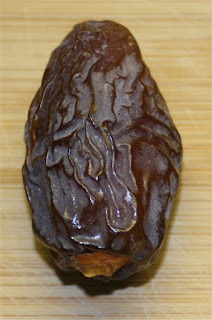Hindus in India and around the world have been celebrating Navatri . This is a 9-day festival of
dance and song. The name comes from “nava” which means “nine” and “ratri” which means “night”. The festival leads up to Diwali
which means “festival of light” and takes place between 11 and 15 Nov this
year.
Navatri occurs in Autumn which is a time of renewal. Just as the shedding of leaves makes way for
fresh growth so Navaratri rejuvenates the inner spirit. The festival encourages us to look inwardly,
to find renewed energies for the spirit and to feel creative with our lives.
 |
| Garba dance |
The festival is celebrated in many ways. Local community groups
get together for dancing and feasting. Garba and Dandiya rass danced to worship Goddess Durga s. The sticks dance representing her swords. Representing good over eveil. There are special foods to cleanse the body none of which contains
meat. It has to be remembered that India
has 400 million vegetarians - several times the population of the UK - a topic
to which I shall return on another occasion.
One of those special foods is saffron and cardamom penda which is a bit like fudge. I made some for the festival and here is my
recipe.
Ingredients
1½ cups milk powder . ½ cup sugar . ½ cup ghee . ½ cup milk.2 to 3 strand of saffron . Drop orange food colouring.10- 15 cardamon pods ( green) . Pistachio s to decorate.
Method
1. Boil the milk add a few stands of saffron and simmer on a
lower heat. Add the sugar and dissolve and ghee and allow it to cook though for
4- 5 mins until the milk has reduced a little. Stir regularly.
2. Lower the heat further and stir
in the milk powder along with some cardamom seeds powder to taste. Remove seeds
from the pods and crush using a pestle and mortar. Cook for further 3- 4 mins.
Stirring continulously. You will know when its done as it starts to come away from
the pan sides.
 3. Remove the mixture from the heat and add the food colouring and stir in and allow it to cool for15 mins.
3. Remove the mixture from the heat and add the food colouring and stir in and allow it to cool for15 mins.
4. Spread it out evenly
on a baking tray until set and cut into cubes and press in a half cut pistachio
into each cube.
5. Alternatively omit the food colouring and make little round
balls and flatten between your hands and add shavings of pistachio nuts on top.
These can be stored for up to 2 weeks in an airtight container. These pendas can be
presented to the goddesses for their blessing. The blessed food is called Prashad
to be shared out amongst friends and family.



















